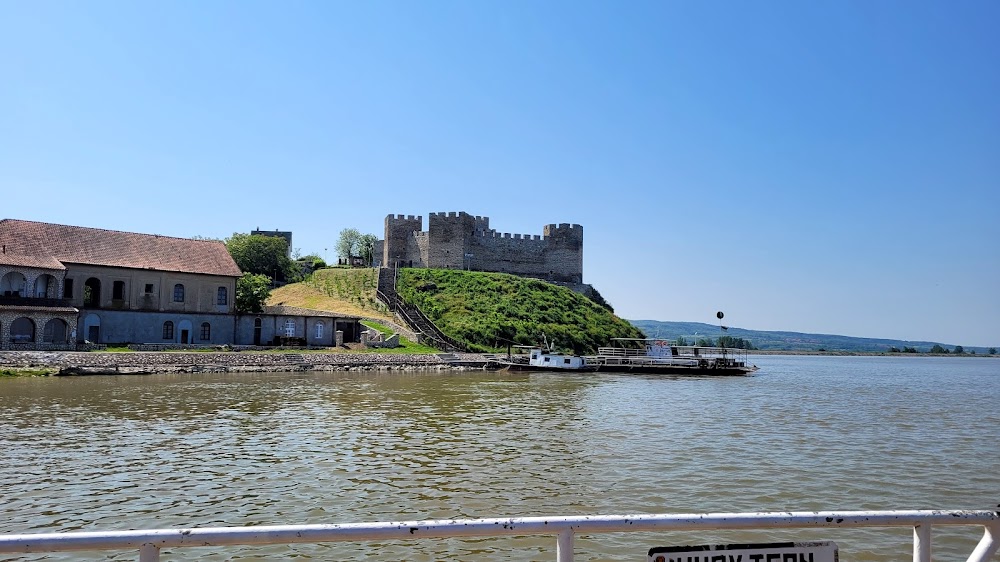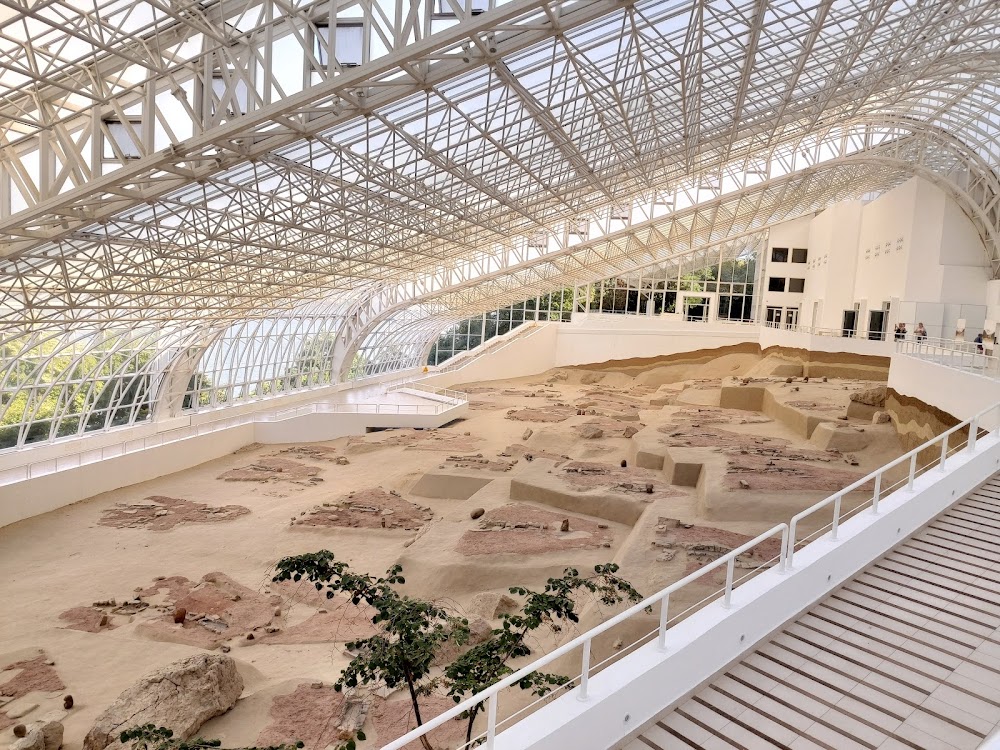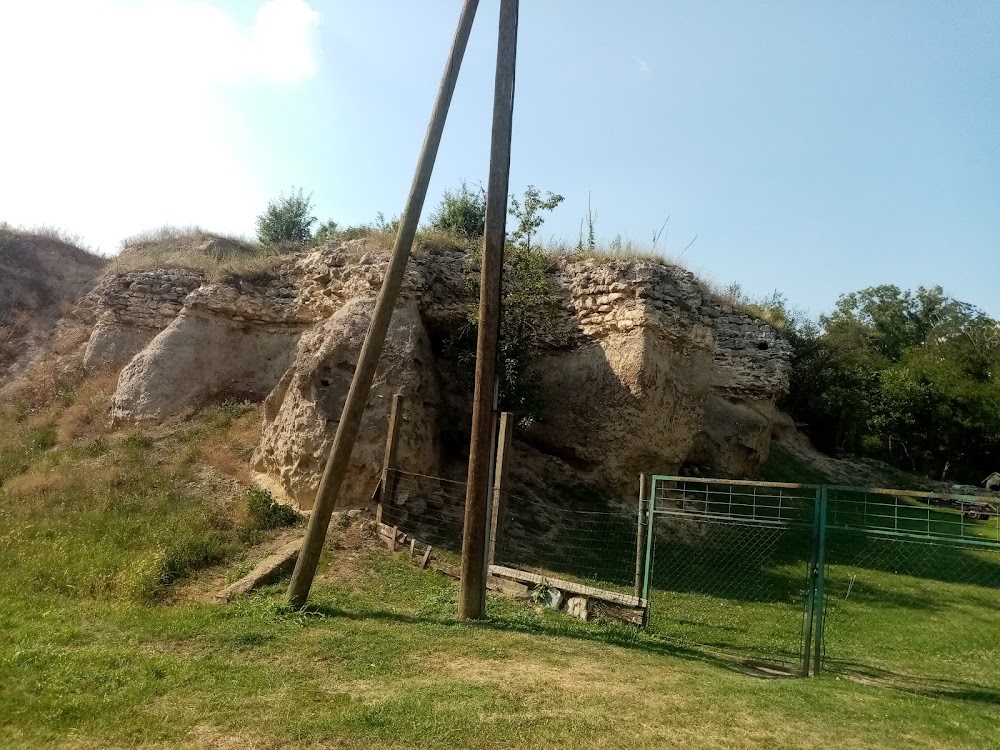Ram Fortress (Рамска тврђава)
Related Places
Overview
Overview of Ram Fortress
Ram Fortress is an impressive medieval structure nestled in the Podunavlje District of Serbia. Perched atop a rocky hill, it commands a stunning view of the Danube River, a historically significant site for monitoring and controlling river traffic. This strategic location has played a crucial role throughout history, showcasing the fortress's importance in regional defense.
Historical Origins
The origins of Ram Fortress date back to Roman times, with archaeological evidence revealing that the area was first fortified in the 1st century AD. The Romans constructed a small fortification, or castrum, to safeguard the essential waterway. This initial structure laid the groundwork for later enhancements, particularly during the Ottoman period, when the fortress underwent significant expansion.
The Ottoman Era
In the 15th century, specifically in 1483, Ottoman Sultan Bayezid II recognized the strategic importance of the site and initiated substantial fortifications. The Ottomans employed skilled architects and experienced laborers to construct the fortress using local stone and advanced engineering techniques of the time. They built massive walls, protective towers, and other defensive components to fortify the structure against European and Hungarian advances.
Architectural Features
Ram Fortress boasts a unique pentagonal shape, with five strategically positioned towers that provide defenders with a clear line of sight in all directions. Each tower is equipped with gun ports, enhancing the fortress's defensive capabilities, especially during the age of gunpowder weaponry. The thick, robust walls were designed to withstand sieges and artillery bombardments, reinforcing the fortress's reputation as a formidable stronghold.
Life Inside the Fortress
Within the fortress, visitors can explore remnants of various structures, including barracks, storerooms, and a command center. These buildings were vital for housing soldiers, storing supplies, and managing daily operations. The inner compound was designed to be self-sufficient during sieges, ensuring provisions for food, water, and ammunition were readily available.
Innovative Water System
One of the fortress's most remarkable features is its sophisticated water system. A network of wells and cisterns was ingeniously constructed to secure a reliable water source, even during prolonged sieges. This design ensured that inhabitants could endure extended isolation without succumbing to thirst, a common tactic of invaders aiming to force surrenders.
A Tumultuous History
Over the centuries, Ram Fortress witnessed numerous battles and sieges, its strategic location coveted by various empires. The fortress changed hands multiple times, with each new ruler making minor modifications to enhance its defenses. Despite this turbulent history, the structure remained remarkably intact, a testament to its robust construction.
Decline and Restoration
By the 18th century, advancements in warfare and shifting political dynamics led to a decline in the fortress's military significance. Gradually abandoned, it fell into disrepair, yet local communities recognized its historical value and made efforts to preserve it. In recent years, extensive restoration projects have been undertaken to stabilize and restore Ram Fortress, ensuring its integrity while making it accessible to tourism.
Visiting Ram Fortress
Today, Ram Fortress stands as a testament to the region's rich history and the ingenuity of its builders. Visitors can stroll through ancient corridors, climb the towers, and savor panoramic views of the Danube River. Informative plaques and guided tours provide valuable insights into the fortress's history, construction, and significance, making it a popular destination for history enthusiasts, photographers, and those wishing to connect with Serbia’s cultural heritage.
A Symbol of Resilience
More than just an architectural marvel, Ram Fortress symbolizes resilience and strategic prowess. Its enduring presence along the banks of the Danube serves as a poignant reminder of the region's storied past and the unwavering human spirit that built and defended it through the ages.






